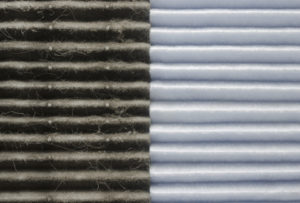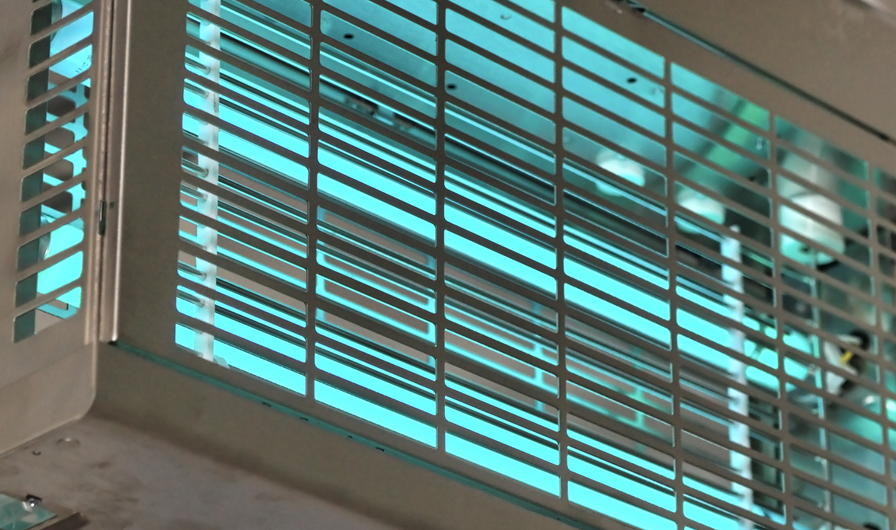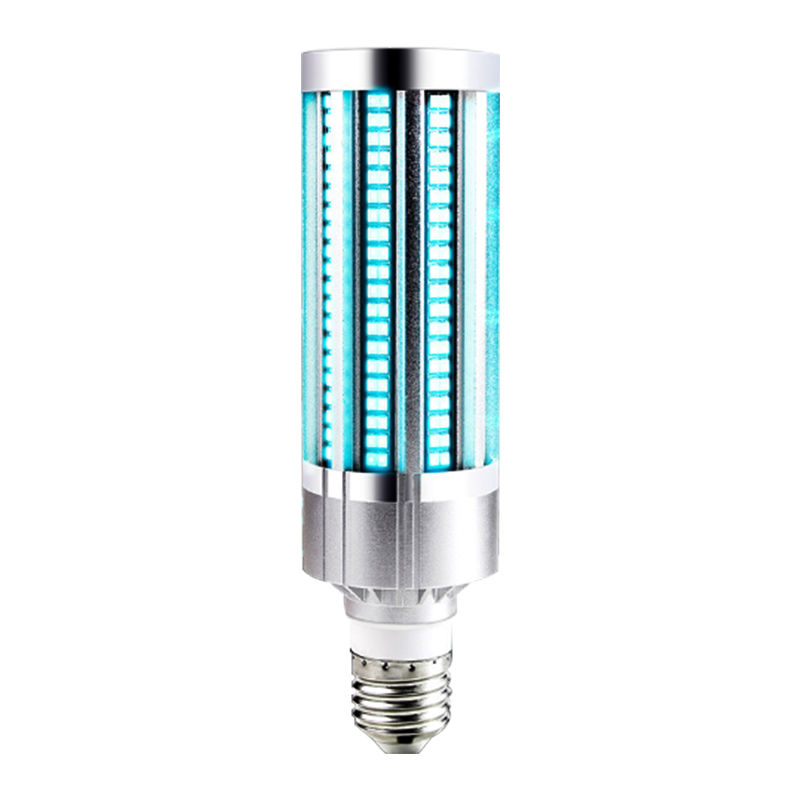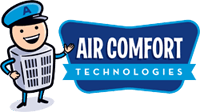Blog
 The latest studies in 2020 show that air circulation plays a crucial role in how the coronavirus travels indoors. That makes indoor air quality a vital concern for bars and restaurants. Eateries especially need to make sure staff and customers are safe — and feel comfortable — when they reopen with indoor dining.
The latest studies in 2020 show that air circulation plays a crucial role in how the coronavirus travels indoors. That makes indoor air quality a vital concern for bars and restaurants. Eateries especially need to make sure staff and customers are safe — and feel comfortable — when they reopen with indoor dining.
But, according to outbreak case studies and research on the virus in general, it’s becoming clear that social distancing, even with masks, may not be enough once your HVAC system is working.
We’re already seeing instances where particles travel much further than six feet once they go through a central air conditioning system.
As we try to get closer to normal and mitigate any further spikes in cases, you’re likely to see a push toward indoor air quality and air circulation. That’ll be especially so in the cold weather when you can’t set up tables outside.
We hope this article can be your first step in upgrading your indoor air quality this year. The good news is that it’s not just some invisible upgrade where you feel like you spent money but don’t see any results.
It’s true that you can’t “see” these working. But, people report that the air often feels and even smells cleaner when you’re using air purification that attaches to your HVAC system.
We’ll briefly go through passive versus active air purifiers, and then explain why you want one that does both. Then, we’ll look at the top three technologies out there for active cleaning. Finally, we’ll give you our recommendation for bars and restaurants in and around York, PA.
Meanwhile, if you have any questions or want to set up a consultation for your space, call or email us at Air Comfort Technologies.
Click to Schedule an Appointment
Active and Passive Air Purification
This sounds more complicated than it really is, but it’s worth distinguishing. Passive purification is simply using an air filter. Your HVAC system already does this, but likely not well enough to prevent the spread of viruses. Active systems seek out viruses, bacteria, and other particles and eradicate them.
Your HVAC filter traps dust and dirt as it passes through the system. That junk gets trapped there, and you get rid of it when you change out the filter. It’s passive: waiting for the contaminants to get to it.

But, the average filter won’t catch microorganisms, including viruses and mold spores. Most systems are strong enough to push air through a filter that fine. At that point, you’d lose circulation.
On the other hand, an air purifier accounts for this and adds extra air pressure when using a filter that will trap particles that small.
From there, we get to active purification: using light rays and chemical changes at the molecular level to eradicate viruses sometimes even before they reach the system.
Air Purification Methods to Eradicate Viruses
Right now, the three leading technologies that air purifiers use to eradicate viruses and other contaminants are:
- Bipolar Ionization (BPI)
- UV (Ultraviolet) Light
- Far-UV or UV-C
Bipolar Ionization (BPI)
Bipolar ionization, or BPI, attacks viruses, germs, bacteria and even VOCs (volatile organic compounds) at the molecular level. They neutralize these particles so they’re no longer harmful, and make them literally fall out of the air.
Here’s how it works: A BPI purifier sends blasts of ionized particles into the air. These have pretty much no effect on humans, but they’ll bond with micro-organisms in the air.
When that happens, those organisms lose the ability to reproduce. And when that happens, things like viruses, mold and bacteria are essentially dead. There’s no way for them to spread or take any sort of hold.
Secondly, there’s extra “baggage” for the molecules that now fused to them. So, the pathogens fall to the ground instead of floating in the air where you can breathe them in.
These systems hold an advantage – theoretically, at least – to the other two on this list. That’s the fact that they can reach everywhere in a room.
But, the science isn’t totally settled on their effectiveness. And, models that also produce ozone can cause breathing problems in some cases.
UV (Ultraviolet) Light
You probably know that UV light from the sun gives you a tan, but can also cause cancer or cataracts from too much exposure. The same effect that causes these things in humans can also eradicate viruses in the air. But, there are some limitations to its use.

On a molecular level, UV light breaks through a cell’s walls. In the case of microorganisms, this scrambles their DNA or RNA. When that happens, they can’t reproduce.
And, when a virus can’t reproduce, it’s essentially dead. There’s no way for it to harm you anymore. Using UV light in this capacity is called Ultraviolet Germicidal Irradiation — UVGI for short, and which you’ll see on products that use it.
As a result, many systems use UV light to virtually wipe any surface or area clean of viruses, bacteria, mold spores, and more. But, they can’t do it around people. Otherwise, you’ll start running into those same problems.
When hospitals, for instance, use UV light, they clear a room of people and then sanitize it. Similarly, air purification systems that use them only use them internally: When those particles reach the filter, they get zapped with the light.
Far UV or UV-C Light
UV-C light has the same sanitization properties as “regular” UV light. But, the difference is that it’s not nearly as harmful to humans. It can’t penetrate your skin or eyes. But, viruses and other particles are small enough for it to have the same effect as UV light.

That’s why it could be, according to one expert, a “game-changer” when it comes to battling the current pandemic in retail and dining spaces along with schools and daycares.
The technology is still new, but it’s already used in some smaller products and capacities. It’s purported to kill 100 percent of commonly-found bacteria within five seconds of exposure.
The difference is that you can use UV-C for UVGI in rooms with people in it. There are still some questions about prolonged exposure. But, as of now, it seems that it’s safe to use around people.
Best Air Purifier for York, PA Bars and Restaurants
Unfortunately, we can’t give you a one-size-fits-all recomendation for which air purifier to install in your bar or restaurant. There’s so much to take into account: building size and layout, your specific needs, and much more.
But, we can say that, across the board, we’ve had a lot of success with the AirScrubber by Aerus paired with an AprilAire filter.
The filter does an amazing job of trapping those microscopic viruses and other particles. Then, the AirScrubber uses UV light in the system to eradicate them.
While these haven’t been tested on the coronavirus specifically, the AirScrubber system is proven to be 99 percent effective against all RNA viruses, which is how the coronavirus is classified.
Air Purifier Installations in York, PA
Any light commercial space – bars and restaurants, retail spaces, day cares, and more – should consider an air purification system as we move from summer into the fall. Once you turn on your heaters, you want to circulate clean air.
You can call or email us here at Air Comfort Technologies any time to set up a consultation. From there, we can help you find the system that will keep your air clean and your staff and customers safe and comfortable.

